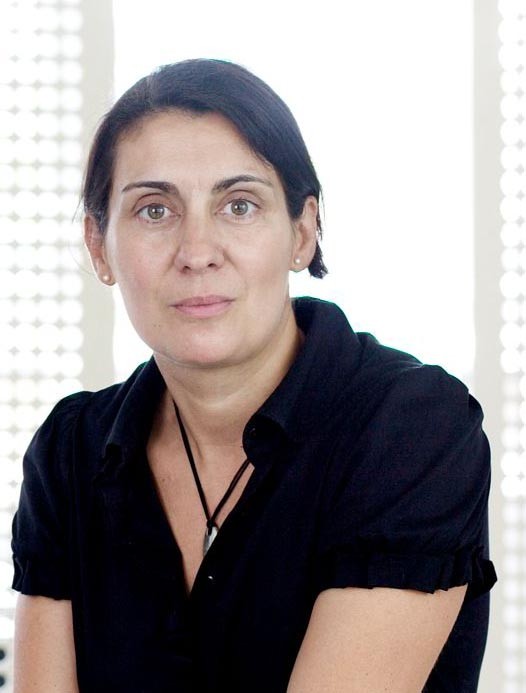What makes a wine label say, “buy me”?
On any wine bottle, the label acts as a mini shop window. The ultimate aim is to create a subtle “buy me” message, but there are many routes to success. Should the design be imaginative and playful? Or one for the purists? A mystery, perhaps?
Francisca Martín, founder and creative director of Ruska Martín Associates, says we usually make decisions for or against a particular design intuitively: “To make a good choice, we have to feel how the consumer feels, or give the consumer something to feel that he has never felt before. The restrictions imposed by 90 square centimetres of design area are actually a kind of benefit, because a wine label should be like a gallery. There is a fixed boundary, and within that boundary something must be exhibited. It’s as simple, and as complicated, as that.”
Martín says that finding a unique position is an art, not least because around four-fifths of consumers are label buyers: “Surveys among wine drinkers in the US, as an example, show that around a quarter of them simply feel overwhelmed by the variety of products on offer. In case of doubt, these people decide whether a label appeals to them.”
The wine market is very competitive. An estimated 26,000 new products of various types flood the market every year. More than 50,000 wine brands are actively promoted in Germany alone. Even a standard supermarket can have 400-800 varieties—a level of variety not found in any other product group. In their search for the perfect formula, winegrowers experiment with different glass thicknesses, bottle shapes and colors—and with labels using different paper qualities, materials and haptics.
Martín says the wine label is a business card, but also much more: “The label has important information for the connoisseur, but this information says very little to the amateur or simple wine lover. That’s why a well-made label must also have spirit. It is not just decoration, because it has to show the soul of the wine, and the people behind it with their care, their talent and their work. A well-made label must also last ten or even 20 years. It may be an important investment for a client.”
Inspiration for designs can come from almost anywhere: art exhibitions, scientific studies, churches, flea markets, interior design and pop culture. Martín says spontaneous associations can also be a great starting point: “An example is the label for the Schumannn-Nägler winery in the Rheingau. Its owner is Philipp Schumann-Nägler, which means ‘the one who nails it.’ His bottle label designs are now pierced by a stylized, three-dimensional nail. That was a spontaneous idea, but extremely impactful and memorable.”


A number of scientific studies and experiments explore what makes wine buyers tick. One experiment showed that classical background music yields higher value sales per customer compared to contemporary background music. Another showed that typical German or French background music could increase sales of wines from the country in question.
Martín is sceptical of people who claim to be immune to targeted seduction by designers and marketing experts: “It is now well understood from brain research that many decisions are made unconsciously, and are controlled by our emotions. Every kind of graphic design at least creates an emotional mood in the consumer's brain.” She also says that very few people know what type of consumer they are. “Some people are very reward-oriented and curious, while others are very disciplined and orderly. The former like to buy something, often without even writing a shopping list, while the latter can stick strictly to their plan like a pilot, and be tempted only by a special offer. Either way, free will can often play a small part.”
Martín says the role of the subconscious opens up important opportunities for designers and paper manufacturers: “The best possible storytelling determines whether pleasant sensations and pleasant associations arise in the mind of a customer. That means passionately striving for perfection in the customer experience, and for genuine individuality. It all contributes to a purchase. As German writer Anton Schnack once said so beautifully: ‘Wines that can't get the drinker's imagination to play and juggle are of little or no use’.”
About the agency:
Ruska, Martín, Associates is a creative direction and brand consultancy agency specialized in lifestyle, cosmetic, automotive, food, beverages and luxury. Working across all genres we adapt our concepts to the appropriate media and channels to achieve the maximum effect when it comes to reaching people. Our strength is the ability to identify the essential characteristics, elaborate on them and add new momentum to them by also finding the best method of communicating the content.
We invest a lot of time to really find out about the needs of our clients, the specific task and the market. If you work with us, you work with people who also develop and produce their projects. The relation between briefing and result is not only a lot more intensive but also a lot more effective.
“What really fascinates us is the impact that a clear and holistic communication can develop. When idea, execution and appearance speak a new language. So special that it stands out in a pleasurable way, so sublime that it’s stimulating. And so effective that it’s fun for our clients.”
About Francisca Martín
Francisca Martín studied fine arts in Barcelona and worked for different agencies as well as four years for Salvatore Adduci in Barcelona. She has lived in Berlin since 1997 and is founder and creative director of Ruska, Martín, Associates.











